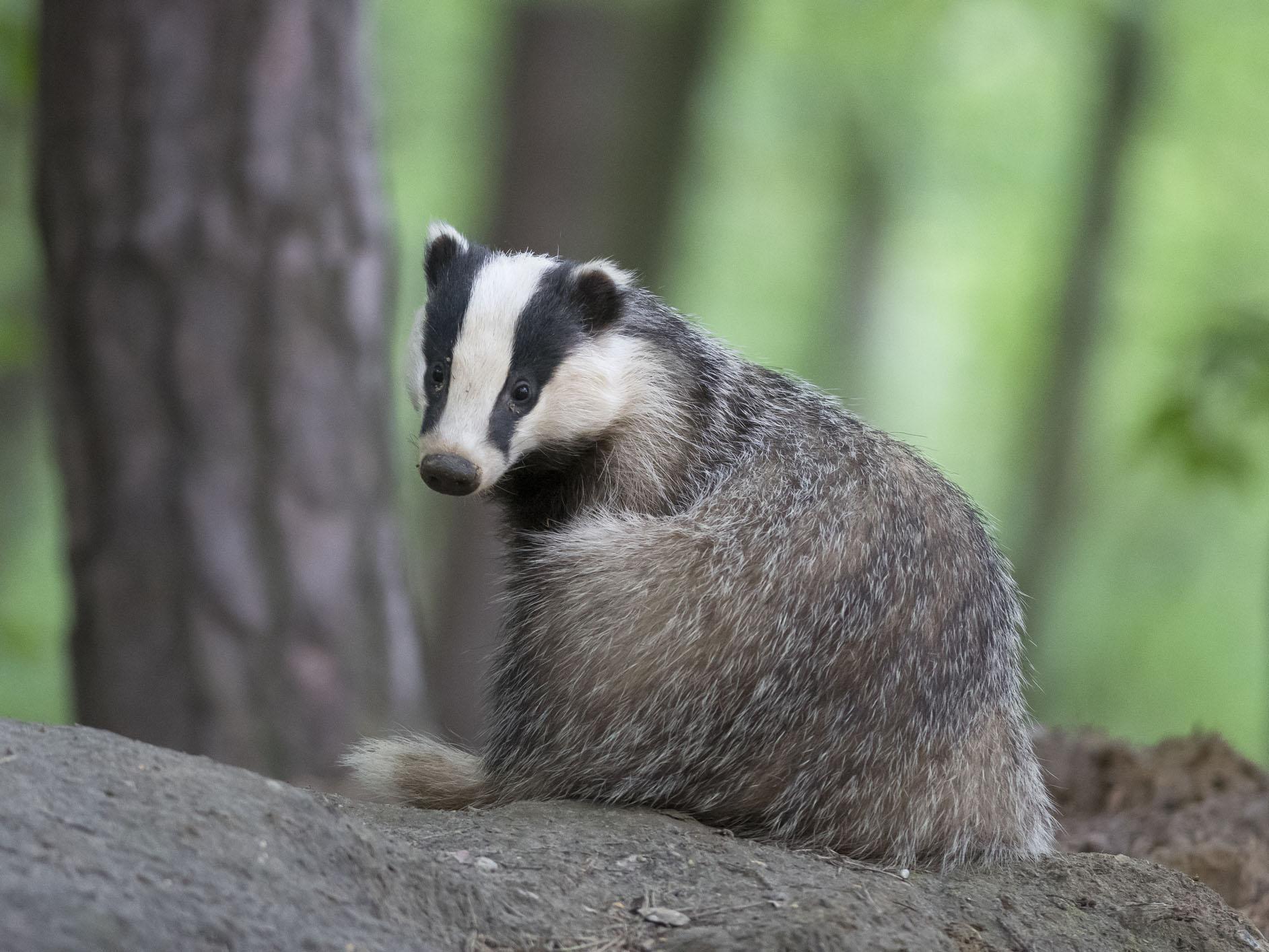More than 30,000 badgers killed over autumn in largest cull ever, figures show
‘This is the largest destruction of a protected species in living memory,’ says campaigner

The number of badgers killed in a bid to control bovine TB has reached a new high this year, according to new government figures.
A total of 32,601 were culled over autumn in operations carried out across 30 areas of England.
While government sources said the controversial operation was playing a successful role in disease control, environmental groups warned populations of British badgers were being pushed towards extinction.
Over 10,000 more badgers were killed than the previous year after legal culling was expanded across the country, bringing the total since 2013 to around 70,000.
Releasing a report on the cull, farming minister George Eustice said it was helping to “achieve and maintain long-term reductions in the level of TB in cattle across the southwest and midlands”.
Chief veterinary officer Christine Middlemiss said the programme was helping in the fight against bovine TB, and that it should continue for the duration of areas’ one or two year licences.
In the Gloucestershire and Somerset locations where culls were first trialled, the government reported disease incidence in cattle had dropped by around half.
Areas in which badgers are killed now include Cheshire, Cornwall, Cumbria, Devon, Dorset, Gloucestershire, Herefordshire, Somerset, Staffordshire and Wiltshire.
However, campaigners have long said the scale of killing is not justified.
“This is the largest destruction of a protected species in living memory and it comes after a record-breaking summer heatwave that has already led to a significant reduction in the badger population in England,” said Dominic Dyer, chief executive of the Badger Trust.
“By the end of 2018, the government will have spent over £50m of public funds killing over 67,000 badgers which could push the species to the verge of local extinction in areas of England where it has lived since the Ice Age.”
Last month, a government-sponsored review of the effectiveness of culling concluded basic infection controls on farms had been neglected while tens of thousands of badgers were being slaughtered.
The scientists said cattle-to-cattle transmission was still the biggest factor and that placing all the blame on wildlife was misguided.
However, the report did conclude the cull had provided a “modest but real benefit” in reducing TB.
“The report clearly stated that poorly secured fencing on farms and frequent trading of cattle were the main causes of the spread of TB in England,” said Philip Mansbridge, UK director of the International Fund for Animal Welfare.
“In fact, the number of cattle slaughtered because of bovine TB continues to rise year-on-year despite more badgers being unnecessarily killed.”
As an alternative to culling badgers, wildlife groups have suggested vaccination programmes that they say would provide the additional benefit of saving taxpayers’ money.
One Wildlife Trusts’ trial had costs of £82 per badger vaccinated compared to an average £339 cost per badger culled.
Join our commenting forum
Join thought-provoking conversations, follow other Independent readers and see their replies
0Comments